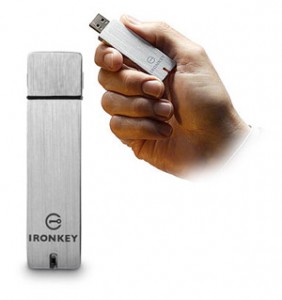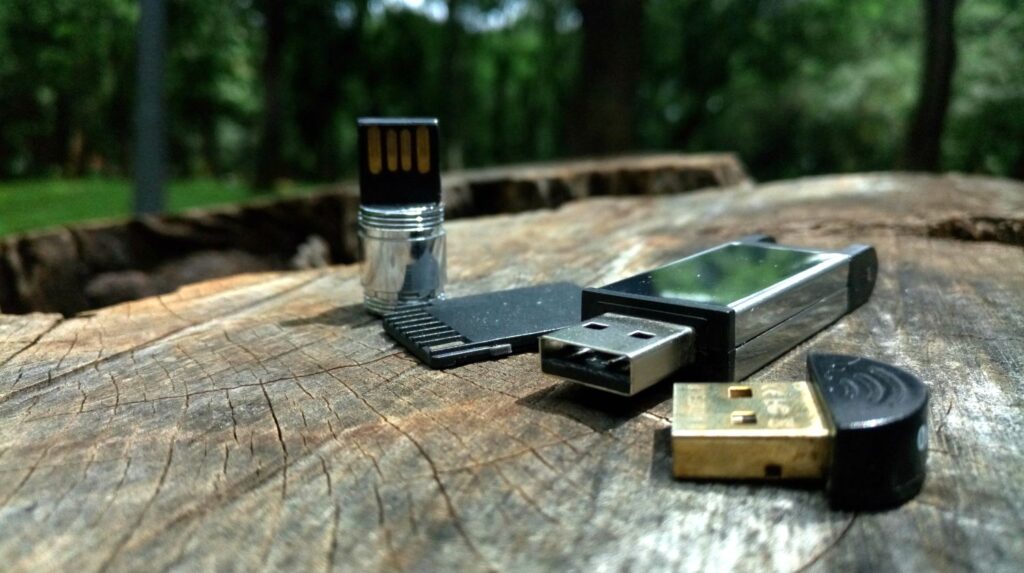
USB flash drives are everywhere these days because of their ease of use and handiness. People carry them to transfer their data from one computer to another, to stay up-to-date and to keep a safe backup of their important data. Therefore, it is much important to secure your flash drives from loss and theft.
Due to their small size, USB flash drives can easily be misplaced, lost, left behind or stolen and can become extremely agonizing if they contain sensitive data or confidential information.
According to a survey, approximately 22.5 million people carry portable devices and it has also been reported that more than one thousand devices get misplaced every week.
A rough estimate shows that the average cost of privacy breach from such incidences ranges from USD 100,000 to about USD 2.5 million, which without any doubt, emphasizes the importance of a secure USB flash drive.
USB Secure has solved this problem by letting you password protect all types of portable media including USB flash drives, thumb drives, pen drives, jump drives, memory cards and memory sticks. It provides complete security against any malicious program trying to access your data by means of a USB drive.
If you are looking for a way to password-protect your flash drive, USB Secure is an instant solution for you. Being a reliable security solution for your USB flash drives, memory cards and other storage devices, this patent pending security program does exactly what it says. It takes less space, extremely easy to use and 100% compatible with Windows platforms i.e. Windows 2000 / Windows XP / Windows Vista / Windows 7.0.
The program, once installed and executed, automatically detects USB drives and all such external storage devices currently plugged into your computer or laptop, and its Auto-play feature asks for the correct password to protect or unprotect your data.
USB Secure uses multiple layers of Patent Pending Protection to make your data completely secure and PC independent. It means you need not to install USB Secure at the other end to retrieve the protected data.
All your files and folders in secured USB drives remain protected even if your USB drive is stolen or lost. Furthermore, protected data is delete-proof and cannot be edited without correct password.
People who are using USB Secure said that it is one of its own kinds of programs. Because of its matchless features and unbreakable protection, you can have your devices with complete security and peace of mind.
Unlock A Protected USB

There is no universal way to unlock a protected USB, as the method of protection varies depending on the manufacturer. The best way to unlock a protected USB is to contact the manufacturer and request an unlock code. If the manufacturer is unable to provide an unlock code, then you may need to purchase a new USB drive.
Fix Encrypted USB
If your USB drive is encrypted, you may need to use a special tool to decrypt it. Depending on the type of encryption used, this could be a software program or a hardware tool. You may need to contact the manufacturer of the USB drive for instructions on how to decrypt it.
Are There Password Protected USB Drives?
Yes, there are USB drives that are password protected. These drives are encrypted with a password to protect the data stored on the drive. To access the data, you must enter the correct password.
Disable USB Blocking
To disable USB blocking, you will need to access your computer’s BIOS settings. This can be done by restarting your computer and pressing the appropriate key to access the BIOS menu (usually the F2 or Delete key). Once in the BIOS menu, navigate to the USB settings and disable the USB blocking option. Save your changes and exit the BIOS menu. Your computer should now be able to access USB devices.
Remove Disk Protection
Disk protection can be removed by accessing the BIOS settings on your computer. This can be done by restarting your computer and pressing the appropriate key to access the BIOS menu (usually the F2 or Delete key). Once in the BIOS menu, navigate to the disk protection settings and disable the disk protection option. Save your changes and exit the BIOS menu. Your computer should now be able to access the disk without any protection.
How Do I Decrypt A Drive?
Decrypting a drive can be done through the use of encryption software. Depending on the type of encryption used, you may need to download and install a specific program to decrypt the drive. Once the program is installed, you will need to enter the encryption key or password to decrypt the drive. Once the drive is decrypted, you can then access the contents of the drive.
Can Encrypted USB Be Hacked?
Yes, encrypted USB drives can be hacked. Encryption is not a complete security measure, and can be broken with the right tools and knowledge. It is important to use strong passwords and keep your encryption key safe to make sure that your data is secure.
Can You Password Lock A Drive?
Yes, you can password lock a drive by using a program such as BitLocker or VeraCrypt. These programs will allow you to encrypt the drive and require a password to decrypt the drive. It is important to use a strong password and keep the encryption key safe in order to ensure the security of your data.
Are USB Flash Drives A Security Risk?
Yes, USB flash drives can be a security risk if they are not properly secured. If a USB flash drive is not password protected, then anyone who has access to the drive can access the data stored on it. To protect your data, it is important to password protect the drive and ensure that the encryption key is kept secure.
Do Hackers Use USB Drives?
Yes, hackers can use USB drives to gain access to a system or to steal data. USB drives can be used to install malicious software or to transfer stolen data.
Reset USB Bitlocker
To reset your USB BitLocker, you will need to access the BitLocker Management console. From there, you can select the drive that you want to reset and click on the “Reset” button. This will prompt you to enter a password to unlock the drive, and then you can reset the encryption key.
